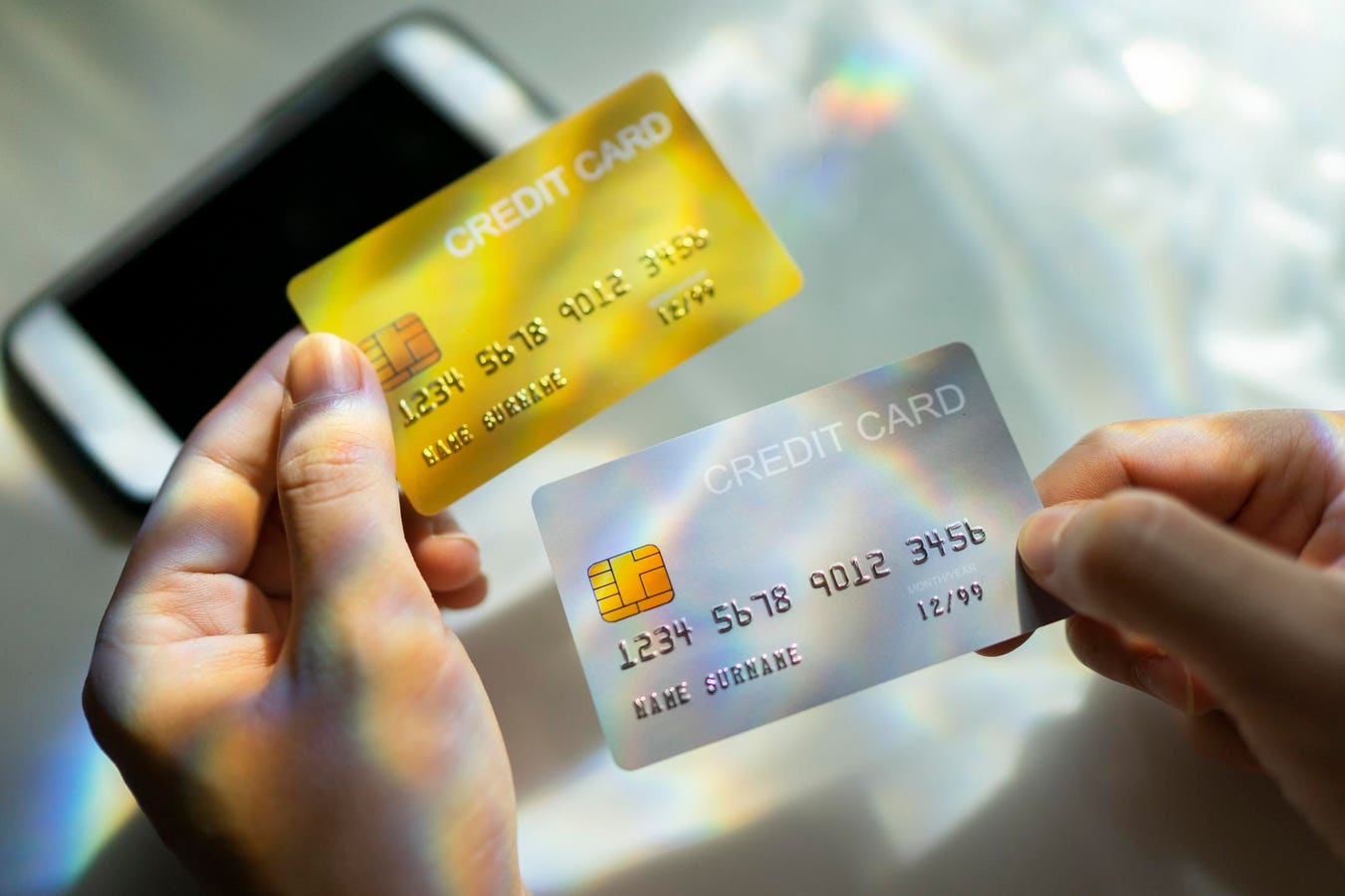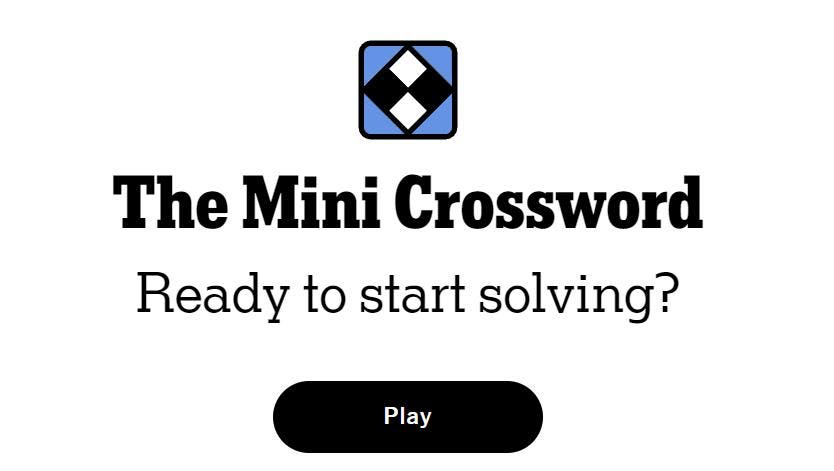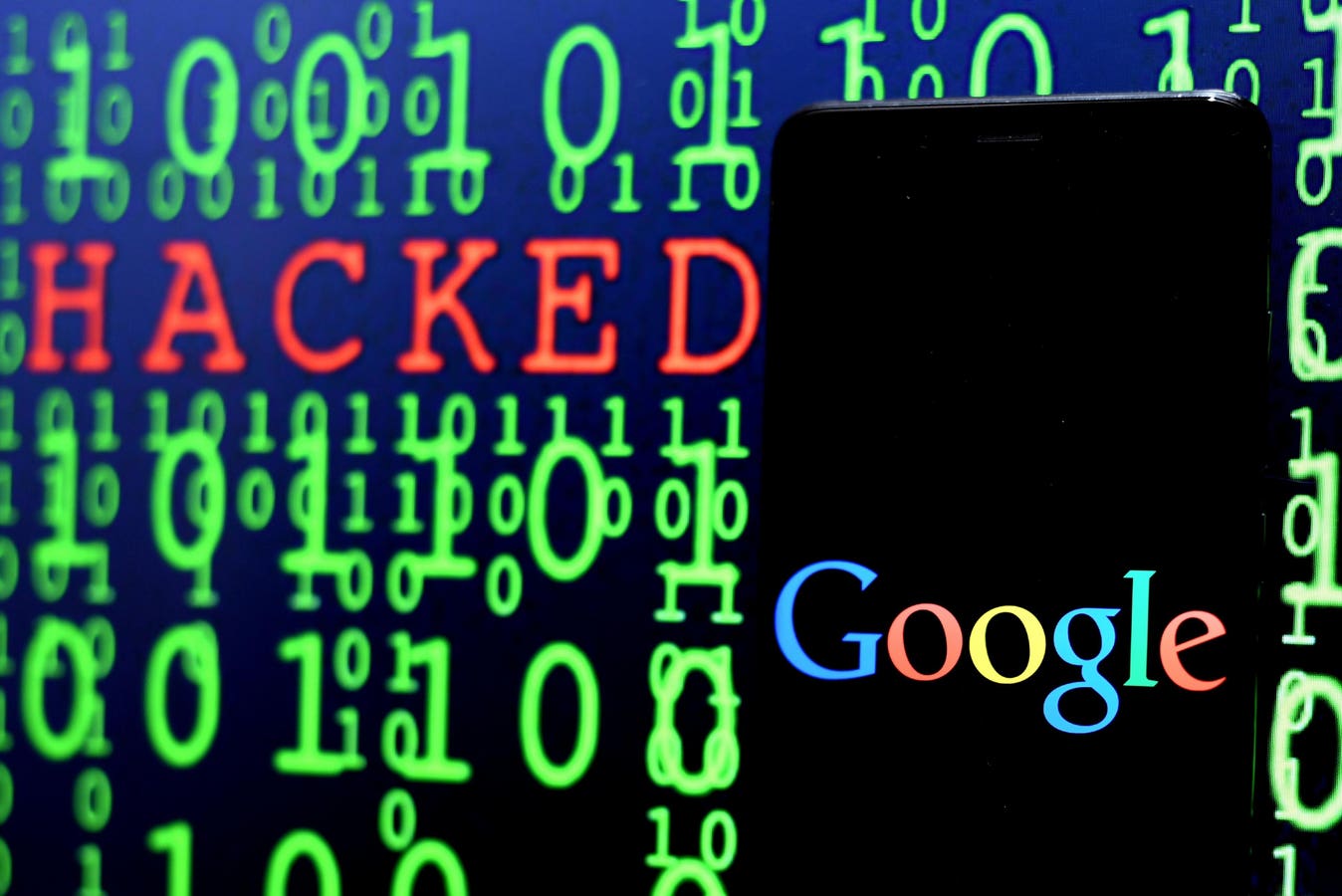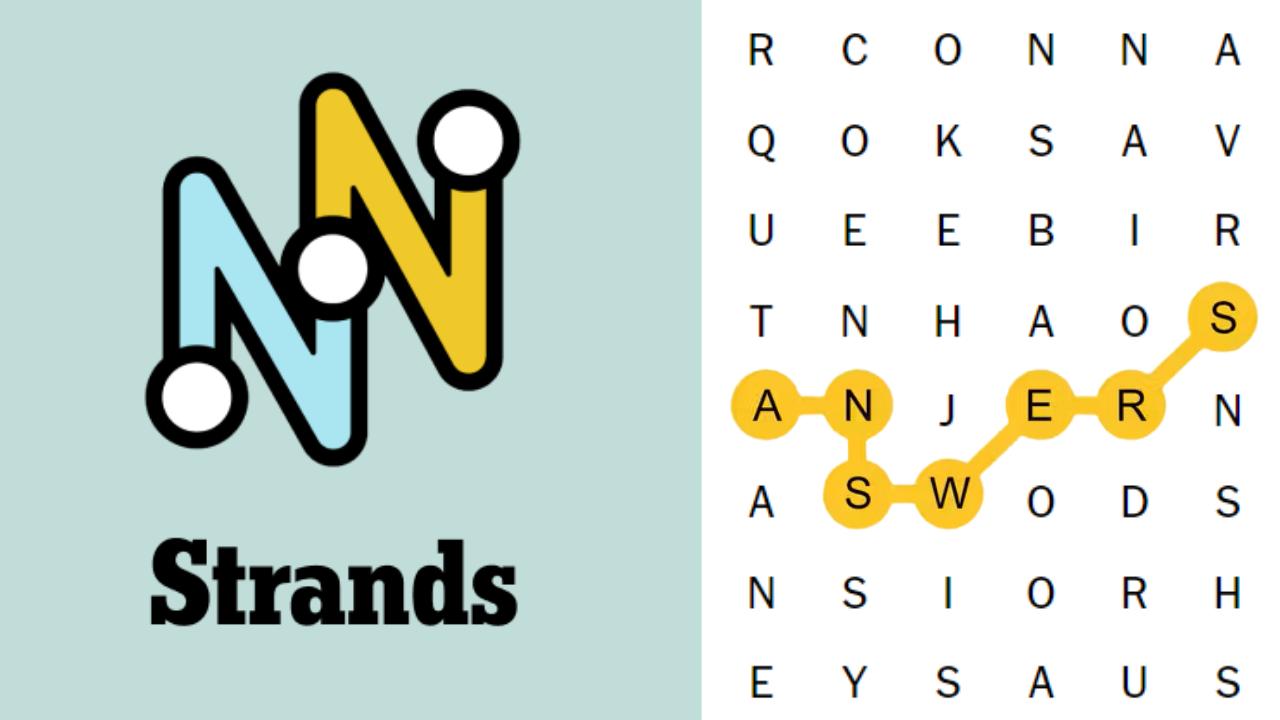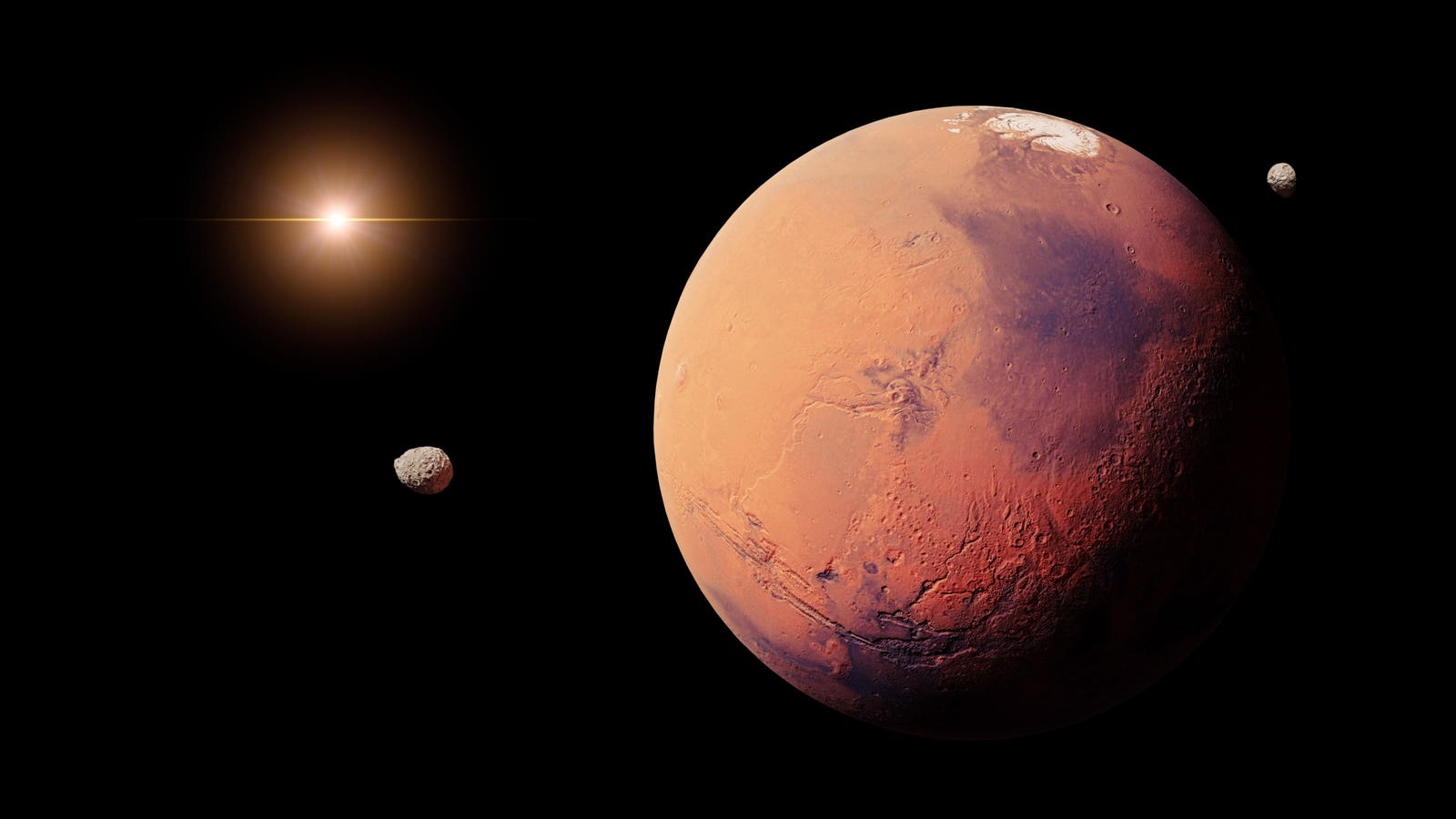Rick Watkin is President & CEO of KUBRA, a leading provider of customer experience management solutions for utilities and other industries.
As the story often goes, in 1949, Frank McNamara was out for lunch in New York City, and he had forgotten his wallet. Even though his wife bailed him out by paying the tab, he was so embarrassed that he vowed it would never happen again. Less than a year later, McNamara introduced the first credit card, and the rest is history.
Although buying something and paying later has existed for thousands of years, this little piece of plastic transformed an IOU into the widely accepted payment method it is today. At the beginning of the year, we researched how credit cards are used for bill payments to better understand customer preferences and behaviors. If Frank were still with us today, I imagine he would marvel at how far his invention has come!
How Stacked Is Your Wallet?
So, how many credit cards are you using? Our research suggests most of you wield at least two—because one’s a rookie move, and three is just showing off. This impressive number shows how ingrained credit cards are in modern financial habits, indicating a strong connection between their popularity with consumers and their comfort in using them.
They’re the Swiss Army knives of modern finance: rewards for the savvy, fraud protection for the paranoid and sheer laziness for the rest of us who can’t be bothered with cash.
The Rise Of The Hybrid Approach
Choice has become a societal expectation. At Starbucks, for example, we no longer simply choose between regular or decaf coffee—now, it feels like there are infinite options available. Similarly, paying bills has evolved beyond just cash or check, with a bunch of different payment methods now at our fingertips.
It’s this variety that fuels the hybrid approach, combining credit cards, bank transfers and digital wallets to pay bills, allowing consumers to tailor their approach to their unique needs. This speaks to the desire to be able to prioritize convenience, financial flexibility, cost efficiency or risk management and provides a balanced alternative to an all-or-nothing reliance on one payment method.
How Credit Cards Anchor The Modern Payment Mix
I’ve already identified that consumers use a hybrid approach to bill payments, but what exactly does that look like? According to our data, credit cards dominate subscription payments, like streaming services, with 59% of consumers opting for this method—unsurprising given their ongoing and predictable nature. Close behind are internet and phone services, where 54% rely on credit cards.
Utilities like electricity and water see a moderate 42% of users paying via credit cards, and 39% use them for insurance (auto, health, home). However, rent and mortgage payments lag significantly, with only 10% of respondents choosing credit cards—likely due to hefty processing fees, limited acceptance by landlords and the financial risk of accumulating high-interest balances. While not an exclusive bill payment method, consumers strategically leverage credit cards to meet their current financial obligations and desire flexible, practical payment methods.
What Motivates Credit Card Payments
When considering the motivation behind using credit cards, you’d think it’s desperation driving the plastic parade—sometimes, but the real motivator? Rewards. A whopping 66% of consumers swipe for points or cash back. I understand the allure. You may be dreaming of a free flight when you’re paying your electric bill. It’s so clever; you’ve turned a chore into a potential jackpot.
Lower fees and interest-free bill payments would also motivate more credit card usage, as would better fraud protection and security measures. Ease of use, cited by 34% of respondents, and automated payment setups like AutoPay, noted by 26%, also play a role in encouraging consumers to start or expand their credit card usage.
Ultimately, the primary drivers behind increased credit card usage for bill payments are rewards, lower fees, interest-free and security and fraud prevention measures.
Barriers To Credit Card Adoption
I remember a time when credit cards were strictly for emergencies. That was drilled into me in my teens, and I still sometimes sweat when I use mine for something as frivolous as a new gadget. So, I can totally see why some people just want to make a bill payment and not have to remember to pay off their credit card. It’s one less thing to think about.
There are also individuals who either stop using credit cards or avoid them altogether because of high interest rates or fees, which can make carrying a balance expensive. Concerns around personal debt levels and overspending also influence people’s willingness to use credit, and these concerns will often shift with the state of the economy.
Processing fees present a significant barrier, as 68% of consumers are unwilling to pay them, especially when cheaper alternatives like bank transfers exist. Ultimately, while credit cards offer convenience and perks, their drawbacks, like high fees, interest rates and debt concerns, remind us that everyone’s payment choices are shaped by their unique financial priorities and comfort levels.
How Credit Cards Fit Into Modern Financial Strategies
From a consumer perspective, there are advantages and disadvantages to using credit cards for bill payments. For many, credit cards are key in managing timely bill payments, especially for AutoPay users. These individuals view credit cards as practical tools for staying on top of financial obligations. Increasingly, consumers embrace a hybrid approach, strategically blending payment methods like credit cards, bank transfers and digital wallets to balance convenience, cost efficiency and financial flexibility.
Trends reveal a growing demand for low-cost, secure and user-friendly payment options, while concerns over fees, debt and economic shifts continue to shape choices. The future of bill payments lies in fostering seamless, rewarding and inclusive financial interactions that keep pace with changing expectations.
Forbes Technology Council is an invitation-only community for world-class CIOs, CTOs and technology executives. Do I qualify?

